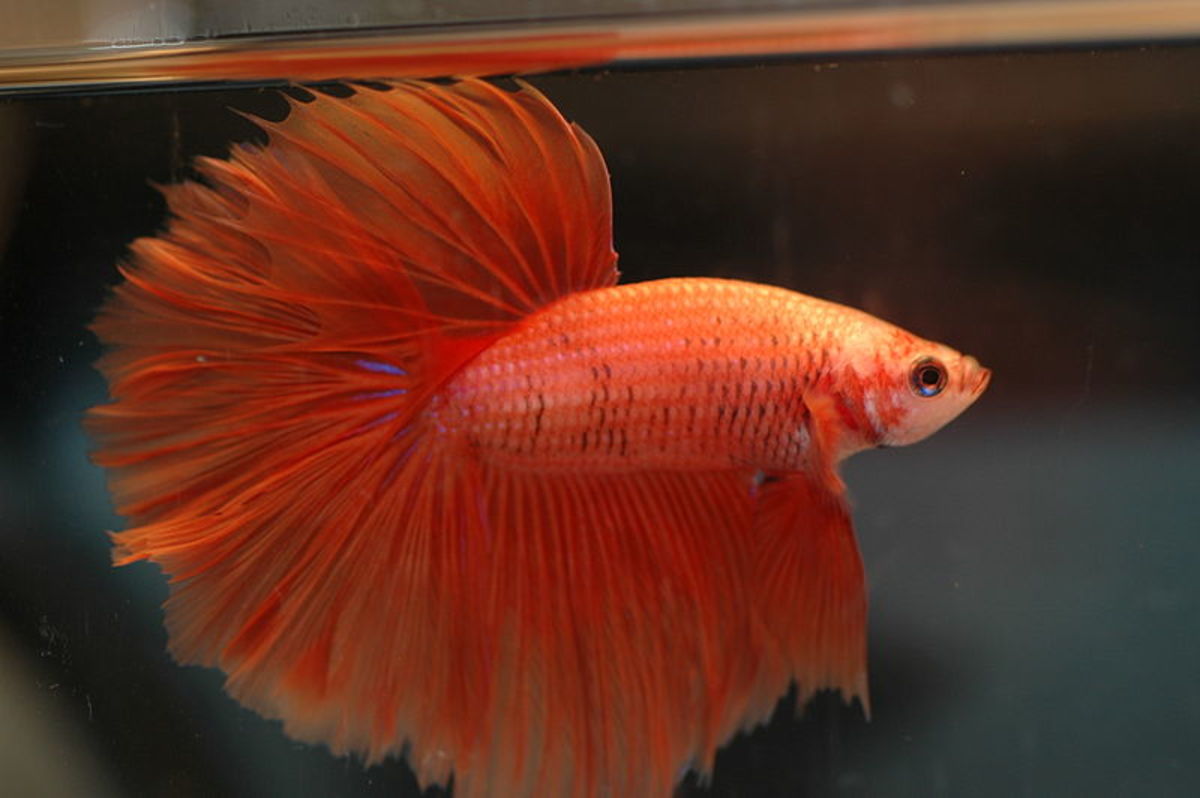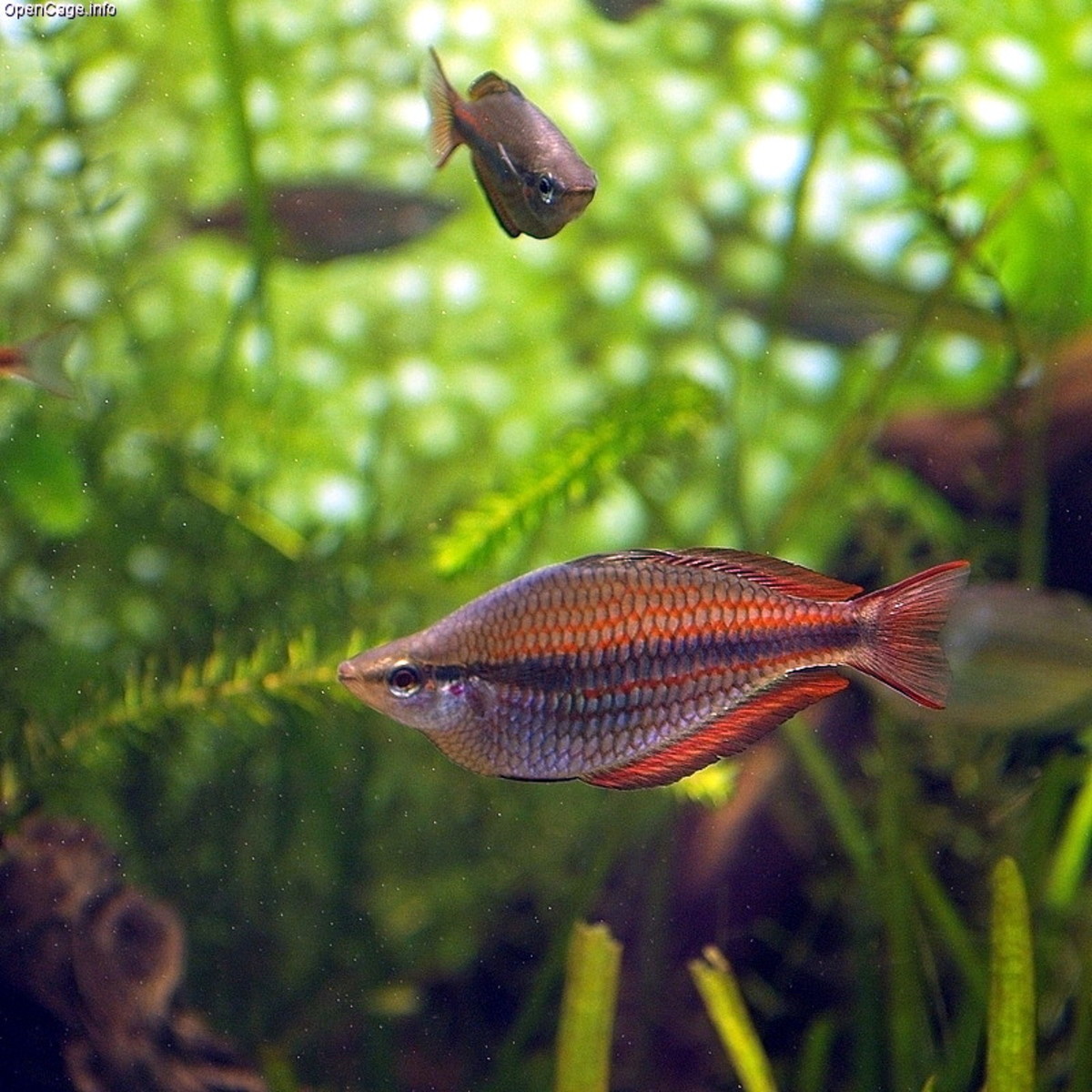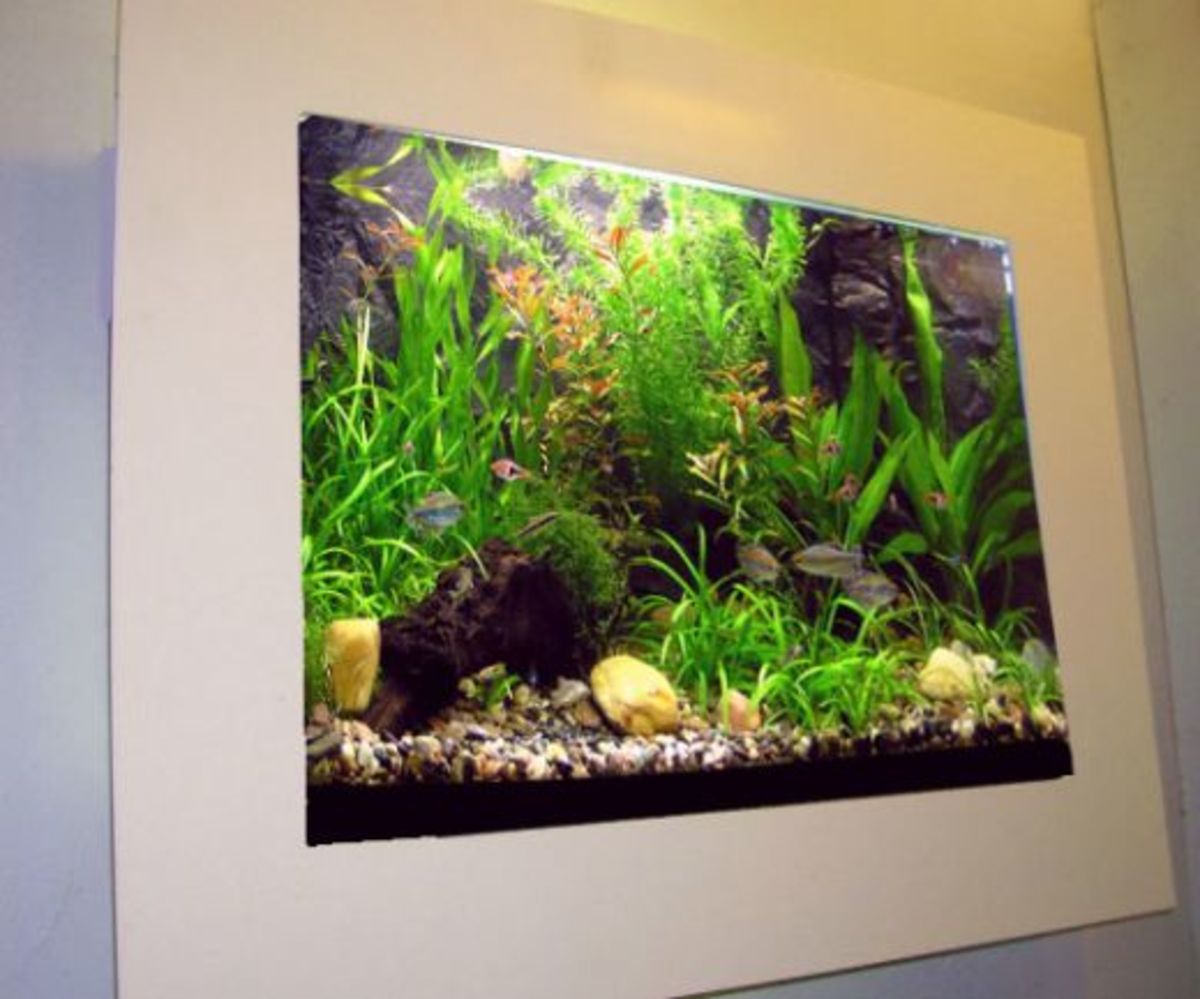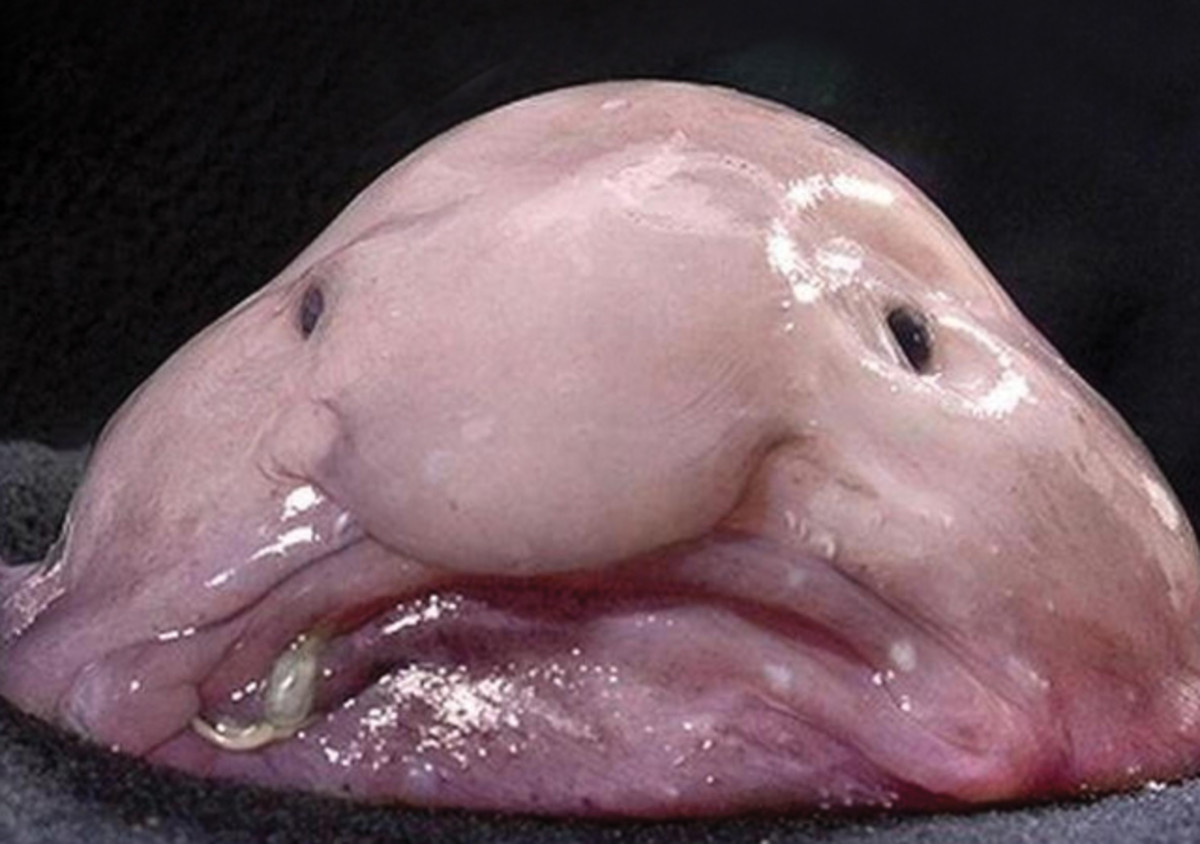How To Safely Do A Water Change On A Fry Tank Without Killing Fry
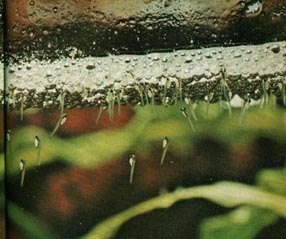
One of the hardest things about raising small fish fry is keeping their water clean. If you read up on the subject, you'll soon discover that most experts recommend daily water changes. This is partially because fry are particularly sensitive to poor water conditions, and partially because they excrete a growth inhibiting hormone which can stunt fry growth if it is not regularly removed from the tank in a water change.
But how are you supposed to do a water change when you can barely see the fry? Most new fry keepers find themselves messing about with siphons, sucking unfortunate fry into the water change bucket and then ending up either tossing fry down the drain, or ending up with a dirty tank because they pour the water right back in and give up.
But there is a way to keep a fry tank clean without killing your fry. The first step is to abandon all notions of directluy siphoning water out of the bottom of the tank. Not going to happen. What you want to do is get a cup and just skim water off the top of the tank. No fry tank with small fry in it should have more than three or four inches of water in it, so it won't take long to skim off enough water to constitute a water change. If you have more than three or four inches of water in your fry tank and your fry are still so small that it is hard to see them, lower the water level.
The good thing about the cup method is that it allows you to check each little cup full for stray fry and return them to the tank before they are harmed. In most fry tanks, fry tend to all hang about in one spot, usually where the food is dropped in, so simply take water from the other side of the tank.
Of course, you're still stuck with debris on the bottom of the tank. There will be debris on the bottom of the tank, because you will invariably overfeed. If you can avoid doing so, kudos, but many newbies accidentally end up dumping masses of food into their tanks that are not eaten. My method for dealing with this is to have a sand base in the fry tank. Messes soon create a sort of messy, congealed carpet which can be gently brushed over with a wide paintbrush and then carefully removed from the tank on the bristles. This does not harm or disturb the fry unduly if you do it slowly and carefully, and it uses the sand as a sort of caking agent for grime and debris.

